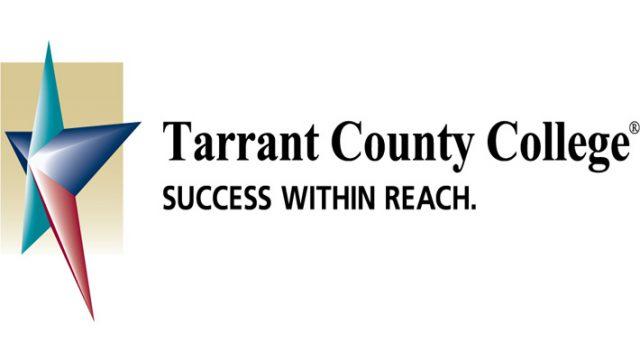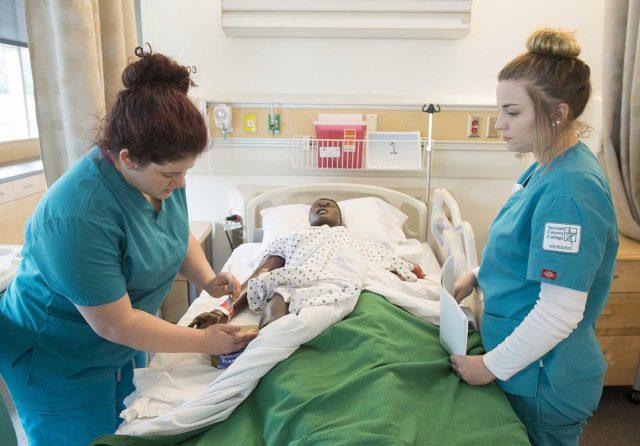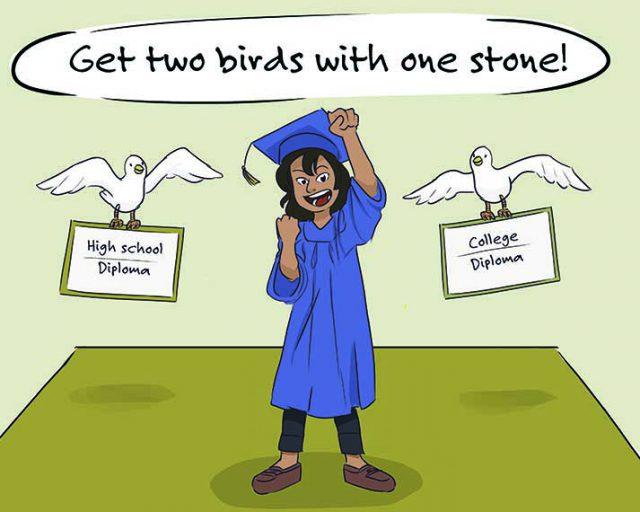By Katelyn Needham/ editor-in-chief
Students are only attentive 40 percent of the time in a normal lecture class, studies show.
To combat that, South Campus announced at the Feb. 23 board of trustees meeting that the next school year will be “the year of active learning.” Active learning is defined as an instructional method designed to engage students in the learning process.
“What we are doing now, and I am sure it is not only the South Campus, is that individual faculty members do these things in their classrooms and they work,” South academic affairs vice president Dana Grove said. “But there isn’t any network to share these and to spread the enthusiasm. The year for active learning will ratchet up active learning on South Campus.”
To help make the transition to an active learning campus, South applied for a $65,000 grant from Steelcase, a company that makes furniture for active learning studios.
“If we get this grant, we will be adding more active learning studios,” Grove said. “We will spend the money on the furniture for the active learning studios and on a high level of state-of-the-art technology for the classrooms.”
An active learning studio is a classroom environment that is changeable depending on class size and the lesson. Nearly all of the furniture is set on wheels so it can move easily, and there is no permanent “front of the room.”
If the grant is awarded, South will then have to do a two-year research project for the Steelcase company.
“The same teachers will teach the same classes, one in the active learning studio and one in a regular classroom,” Grove said. “So, it’s the same teacher, same material so we can see how well students do in the two environments.”
As part of the presentation to the board, students who have already been a part of active learning classrooms presented projects they worked on about topics such as fake news and domestic violence.
“The active learning doesn’t have to be group-oriented like it was for our project,” South student Gabriel Dell said. “Any kind of project that gets students more involved is good enough. The flexibility of the active learning is going to be more beneficial.”
According to Columbia University, students only retain about 70 percent of the first 10 minutes of class and 20 percent in the last 10 minutes.
“I believe that continuing the active learning setup will benefit students,” South student Geovanela Garcia said. “I feel like when a student is engaged into learning, they are more likely to stay there for the whole class. Personally, when a teacher just lectures, I am not really interested in that because I can just go home and read it out of a book.”




























